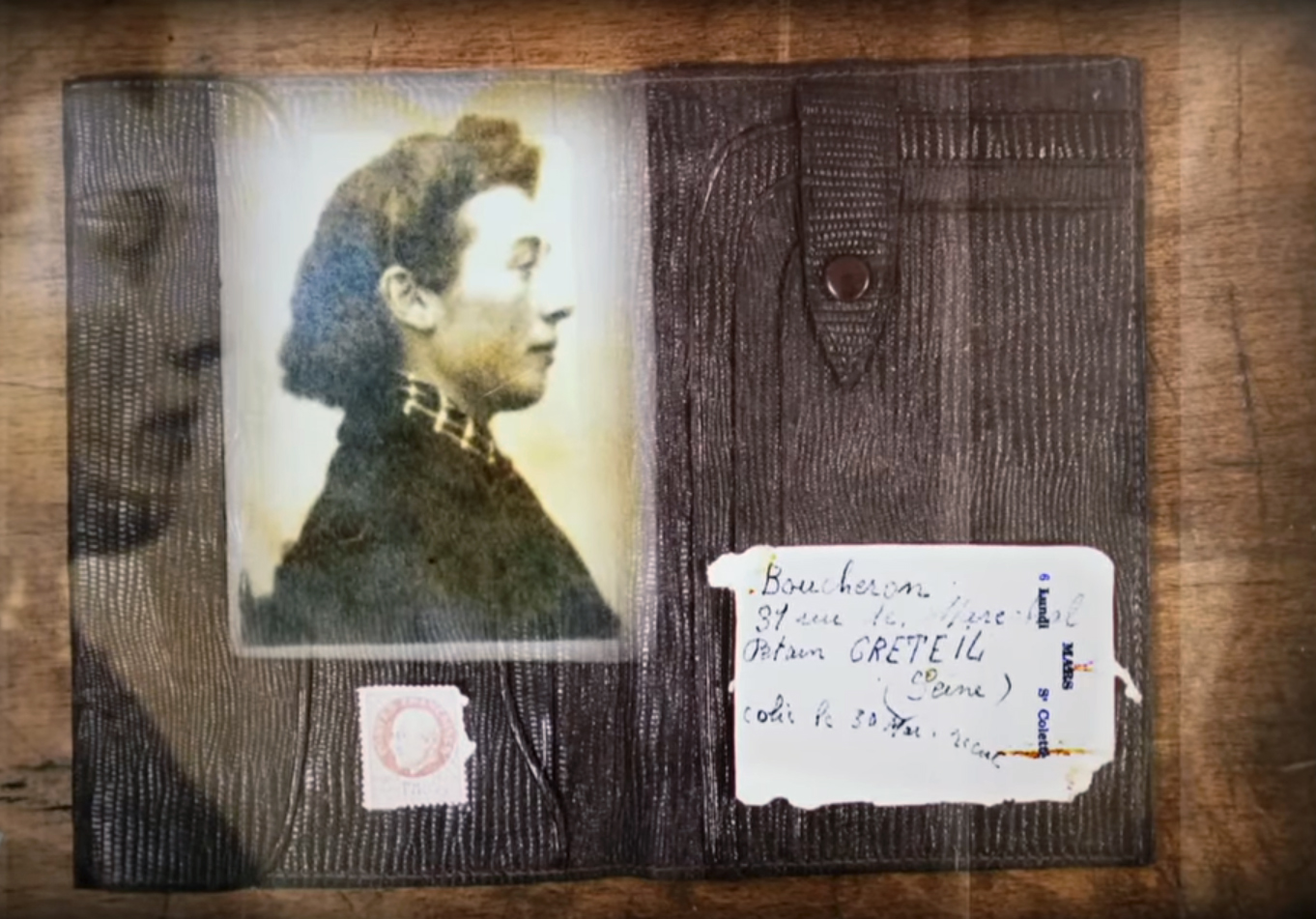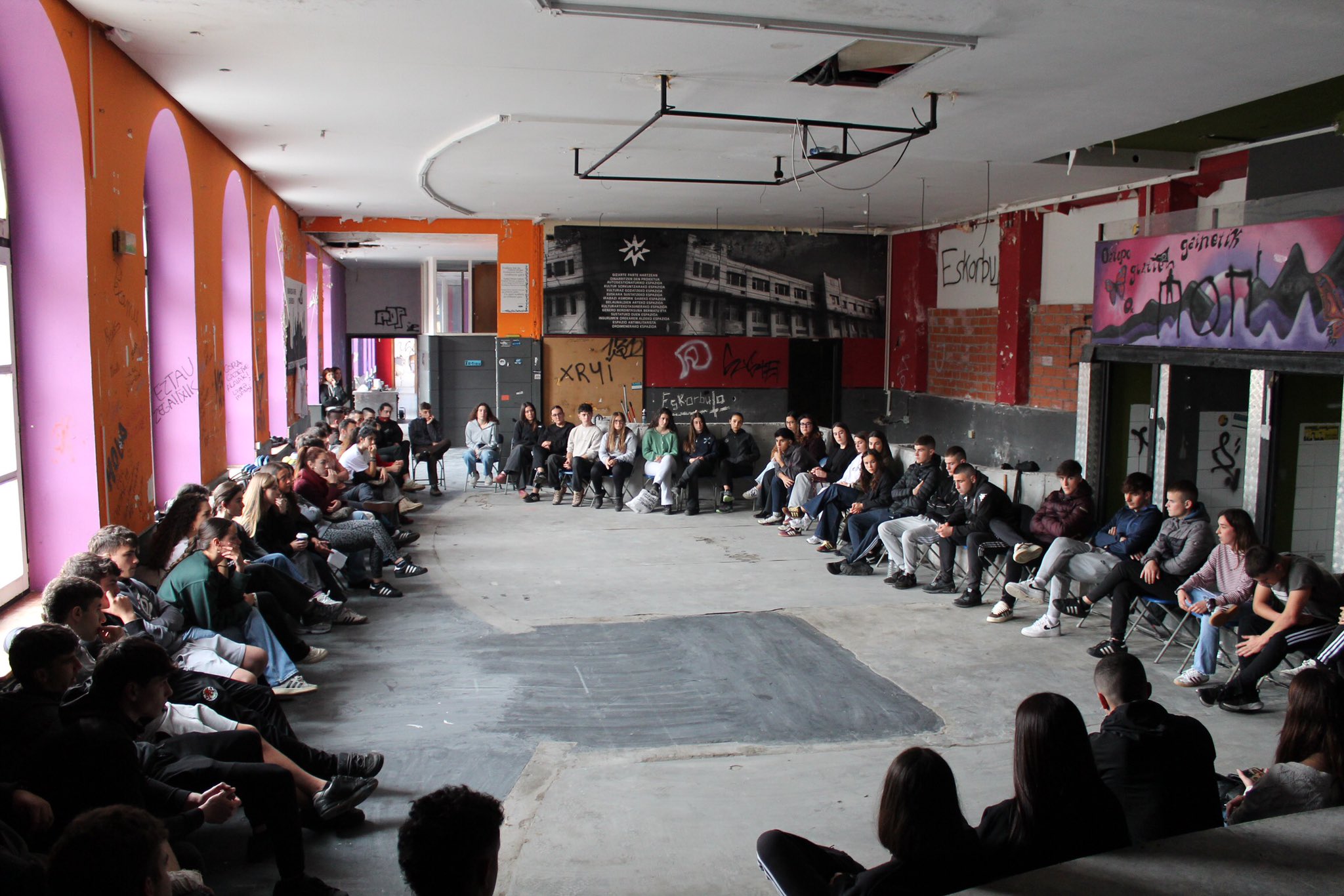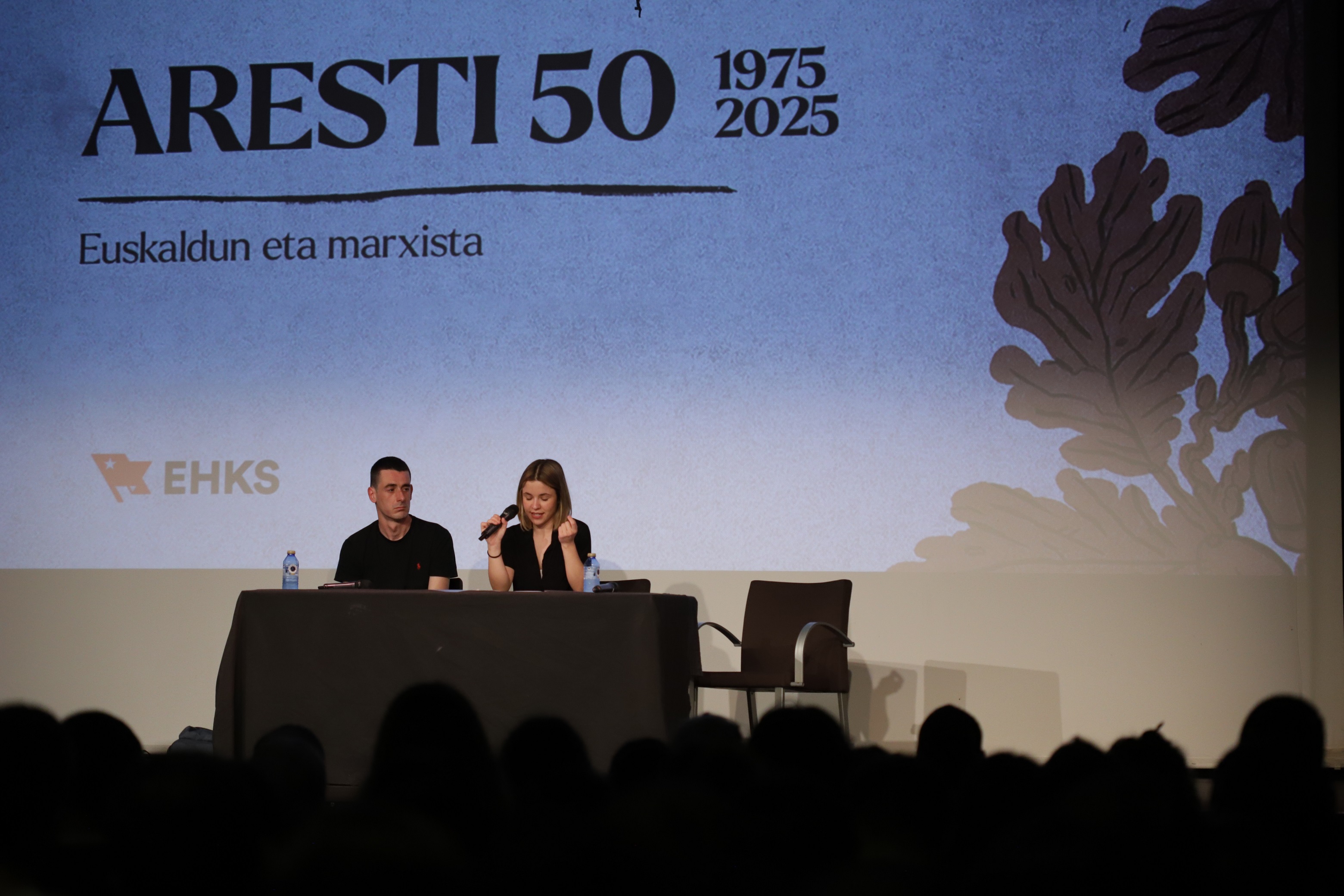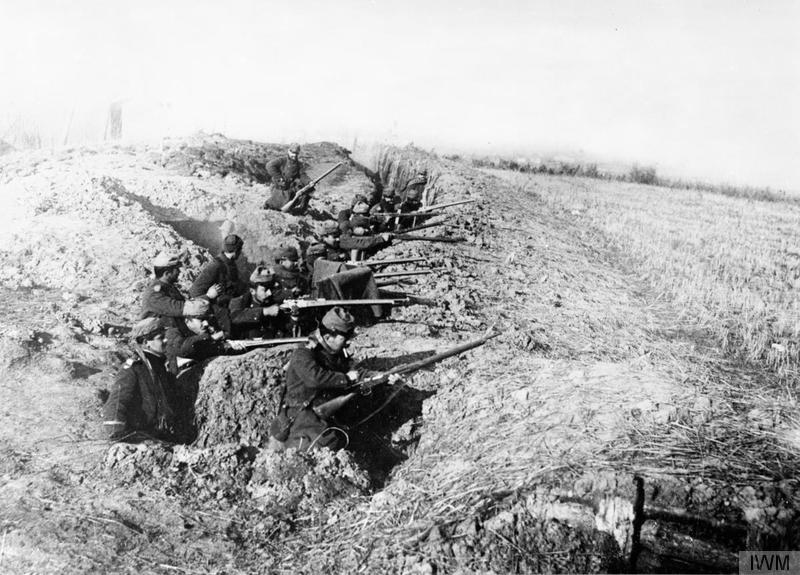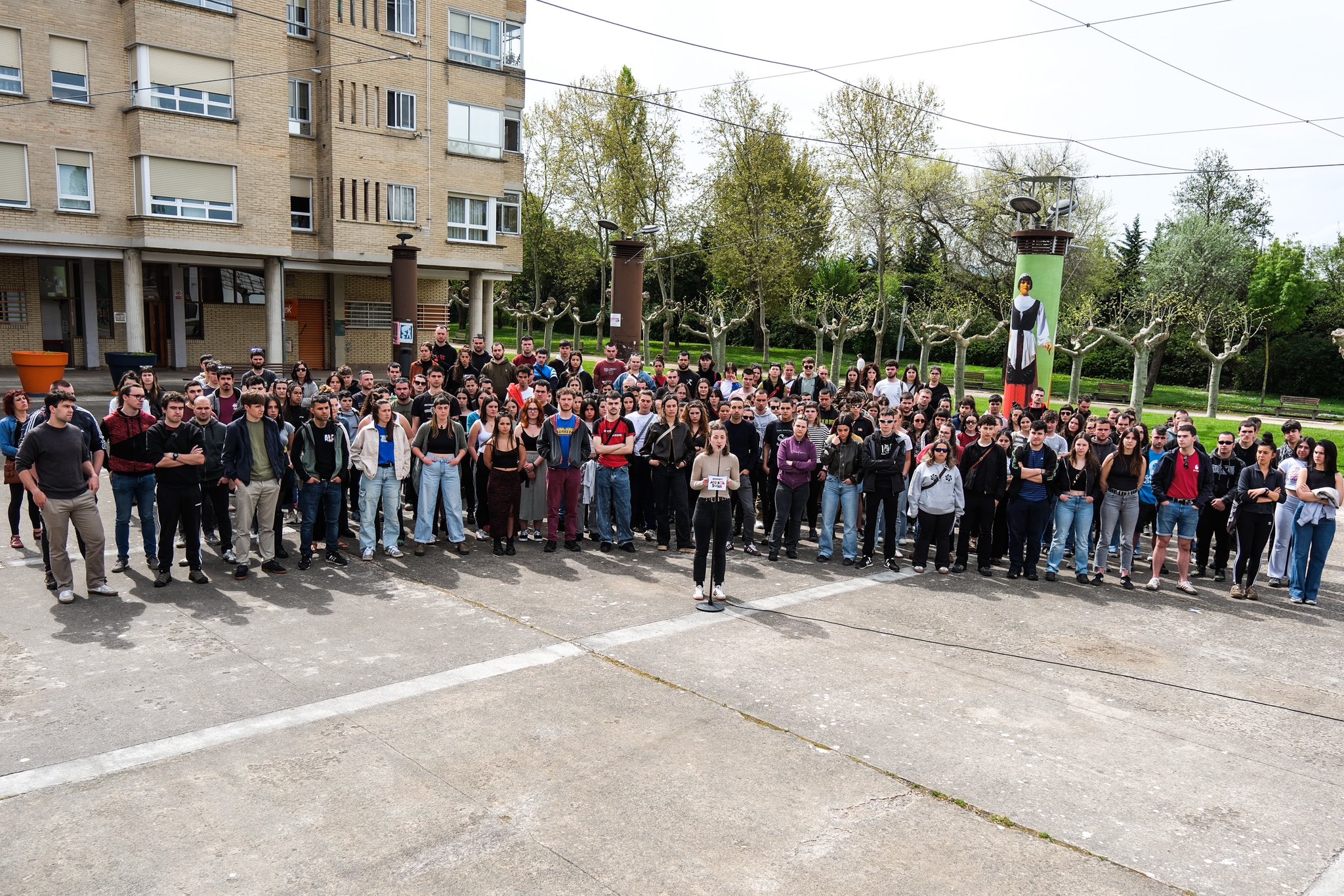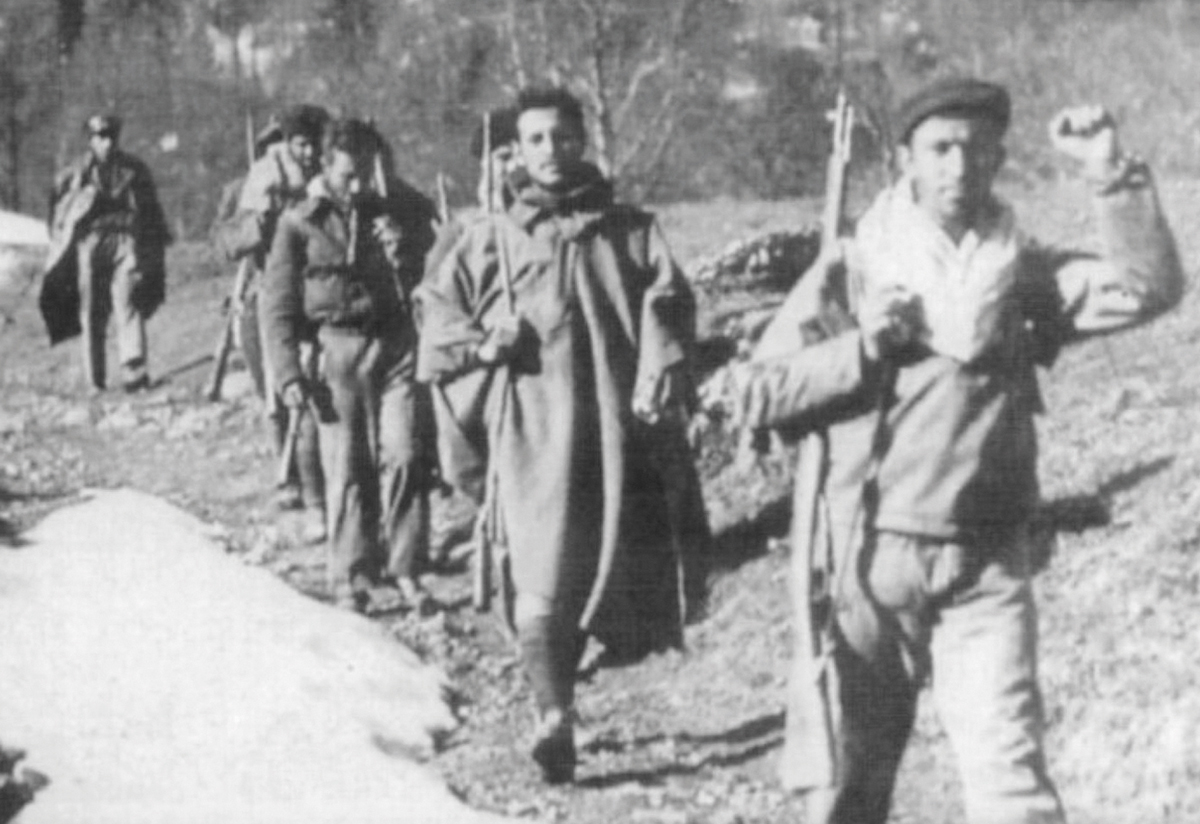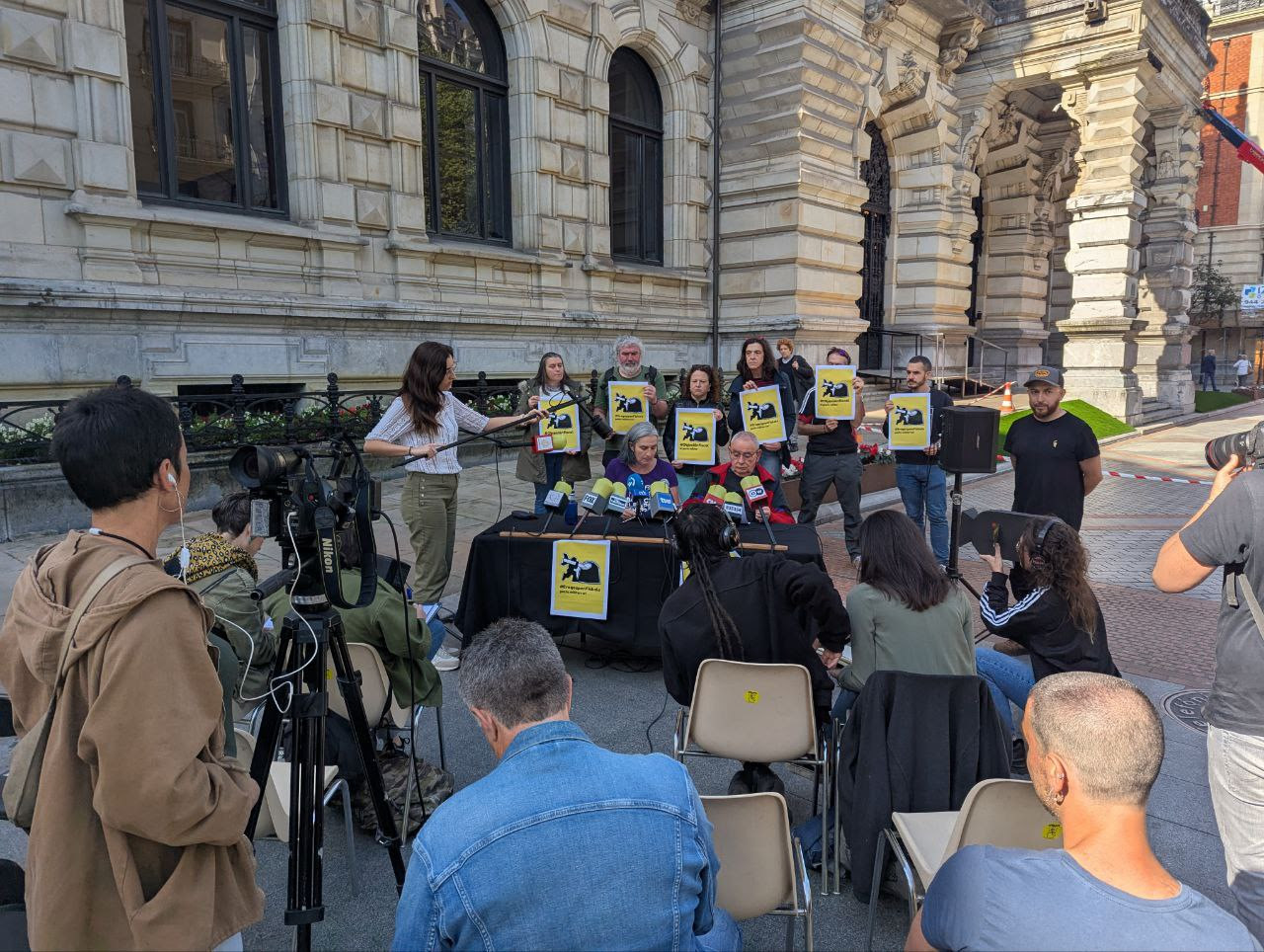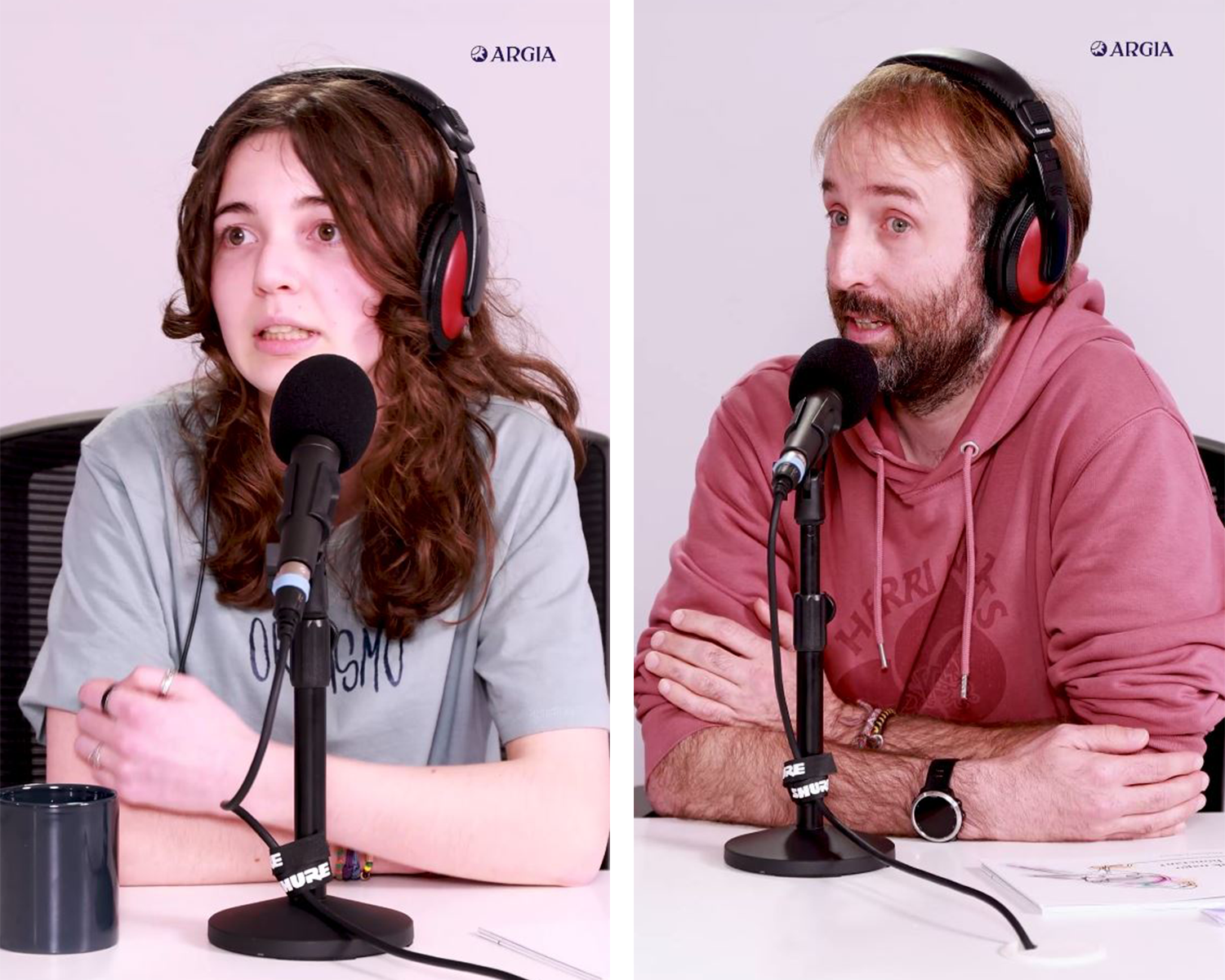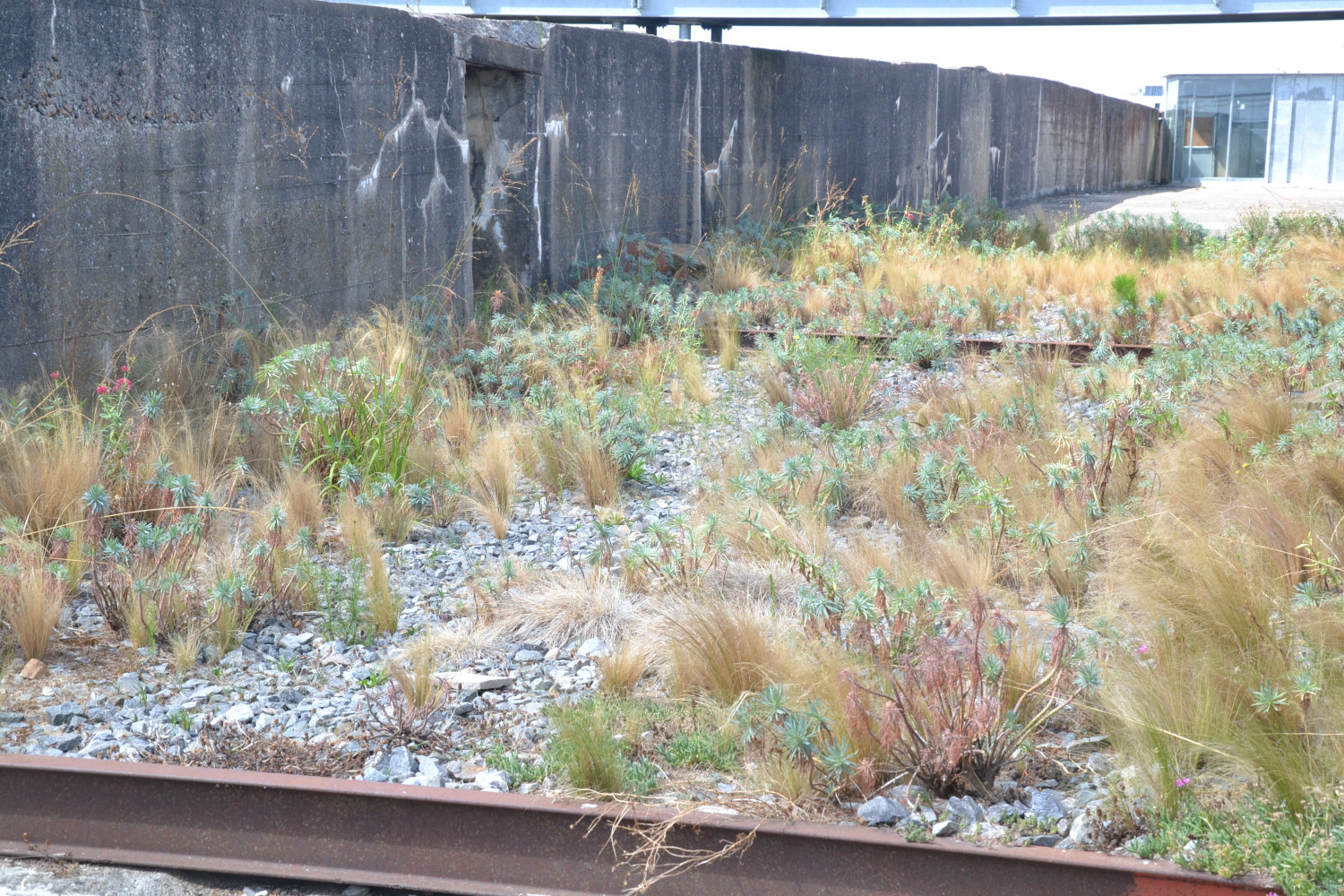8.3% of the children in Hego Euskal Herria have difficulty taking care of their eyesight
- 6.4% of the children of the CAV and 10.2% of the children of Navarra have visual poverty. The Spanish Vision and Life Association has been responsible for the analysis of the situation. According to the report, the most serious disadvantage of children with visual problems is that it does not hurt and that families, when they do not have economic resources, relax their vision in the background.

Reports (X-ray of child visual poverty in Spain, 2024. The X-ray of child visual poverty in Spain, 2024) shows that in 2023 in the CAV there were 372,652 children aged 0 to 18 years. The child poverty rate stood at 20.6 per cent. The percentage of children who may suffer from visual poverty is 6.4 per cent. In Navarre, the number of people aged 0 to 18 years was 128,005. The child poverty rate stood at 32.9 per cent and vision at 10.2 per cent. Compared to the percentages of communities in the Spanish State, the CAV is the second community with the highest interannual rate, while Navarra occupies the fourth worst figure behind Ceuta, Asturias and the Balearic Islands.
The Vision and Life partnership has carried out the analysis for the second time since the pandemic. The report stresses that visual poverty is the key to the fact that these health problems do not cause pain. An example of a dentist has been given for comparison. Children are taken to the dentist earlier because they are sore. In the Spanish State, 56% of families do not have their children undergo medical tests to see their eyes. According to the report, children, without pain, adapt to the situation in which they live and families do not know what their children's visual health is. On the other hand, in those families that have difficulty in meeting unforeseen expenses, although glasses or contact lenses are needed, the purchase is delayed. If the glasses are broken to the children or it is known that graduation needs to be increased, the purchase is second place.
The term visual poverty is a term coined in the 2008-2014 crisis. To extract data from visual poverty, they cross poverty rates with the population that needs glasses or contact lenses. Comparing the percentages of people in need of devices and the percentages of poverty, they can represent the number of people who may have trouble buying glasses or undergo a visual exam.
My mother always says: “I never understood why World War I happened. It doesn't make any sense to him. He does not understand why the old European powers were involved in such barbarism and does not get into his head how they were persuaded to kill these young men from Europe,... [+]
"Ask for your turn and we'll join you," the willing and cheerful announcer who speaks from the studios tells the young correspondent who walks through the streets of Bilbao. The presenter immediately addressed the audience. "In the meantime, we are going to Pamplona..." They opened... [+]
At the beginning of the year, the Zedarria group publicly supported the "opening of the debate" on the "defense" industry (as well as the nuclear industry), to which the Basque Government has immediately joined. First, through Mikel Torres, Vice President and Economic Counselor, who... [+]








